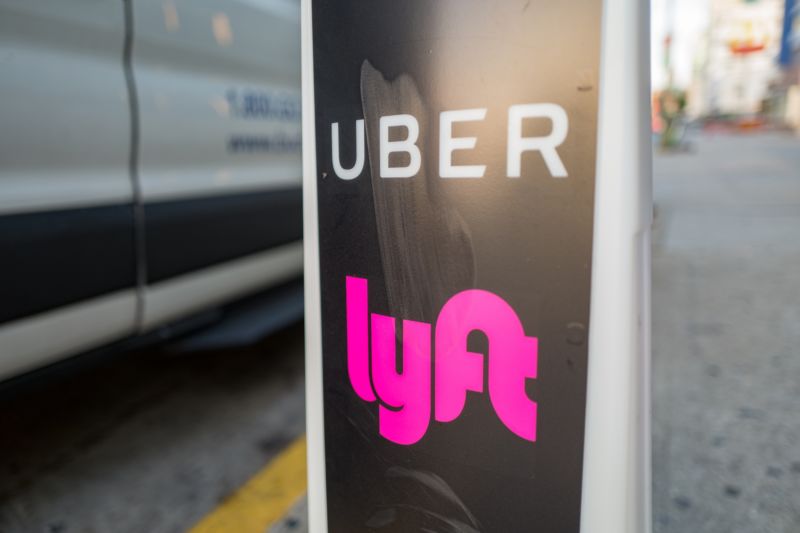Uber’s and Lyft’s cut of fares can exceed 50%, report finds | Ars Technica
taken for a ride —
Fare receipt data showed the surge multiplier riders pay doesn't get to drivers.
Kate Cox - Aug 28, 2019 6:37 pm UTC

The core businesses of Uber and Lyft, despite everything else layered on top, spring from a fairly simple premise. Their apps connect people who have cars and are willing to drive them to people who need or want rides, and the companies facilitate payment in exchange for keeping a percentage of the fare. But the cut the companies take is increasing—and it's more than the companies tell drivers they take, according to a new report.
Jalopnik asked ride-hailing drivers to share fare receipts, and it received data from more than 14,756 real-world trips in response. On average, Jalopnik, found, Uber kept about 35% of the revenue from each ride, and Lyft kept about 38%.
In regulatory filings, however, Uber has reported that its global take rate—the percentage of the rate it takes, as you might guess—is closer to 20%. Lyft has not disclosed its take rate publicly, but Jalopnik pointed to prior reporting from Business Insider showing Lyft's rate to be closer to 26%.
When Jalopnik reached Uber and Lyft for comment, both companies disputed the data as a non-representative, too-small sample. An Uber spokesperson told Jalopnik that the approximately 8,900 Uber fares it examined were "not a statistically representative sample, given Uber completes approximately 15 million trips per day around the world."
A spokesperson for Lyft said to Jalopnik that the sample pool did not accurately reflect a cross-section of all Lyft drivers and therefore did not represent the average experience across the board.
“This is robbery”
The experiences they do represent, however, include some really ticked-off drivers.
One driver recounted to Jalopnik how he took on a "surge" fare that should have gotten him twice as much as usual for the drive. When all was said and done, however, he received $15 out of the $65 the rider paid for the half-hour, five-mile trip—meaning Uber pocketed more than 75%.
"This is robbery," the driver told Jalopnik. “This business is out of control.”
Another driver told Jalopnik that recent changes have dropped her earnings by about 20% this year but said she mostly avoids looking at the breakdowns of fares from individual rides. "It just annoys me," she told Jalopnik, "and there's nothing I can do about it."
While the take rate for fares Jalopnik analyzed averaged between 35% and 40%, more than a quarter of the fares showed take rates in excess of 40%, with some coming in at over 50%. The structure of surge pricing likely shoulders much of the blame for the worst rates, Jalopnik found, as well as the entire model both companies use to pay drivers.
Users of both apps have, since 2016, been presented with upfront fare estimates before they summon a car, so there are no surprises. Drivers, however, are then compensated based on the actual duration and distance of the drive—decoupling the actual income a driver gets from the fare a rider pays.
The companies have also changed the way drivers are compensated for surge pricing. While passengers see and pay a surge fare multiplier, such as 100% or 200% of the typical base fare, drivers instead mostly receive a flat fee, "typically only a few dollars per ride." That discrepancy for drivers can add up significantly on the bottom line.
Driver groups have organized short-term strikes in various cities in recent months to protest the way the firms treat their drivers, who have been struggling for years to be legally recognized as employees rather than independent contractors.
Legally speaking, however, independent contractors generally have the ability to set terms for their work—including payment. Thousands of Uber and Lyft drivers, on the other hand, have seen their wages go down without being able to control it.
"What they’re doing is exactly what employers do with their workers," a labor and economic expert told Jalopnik.